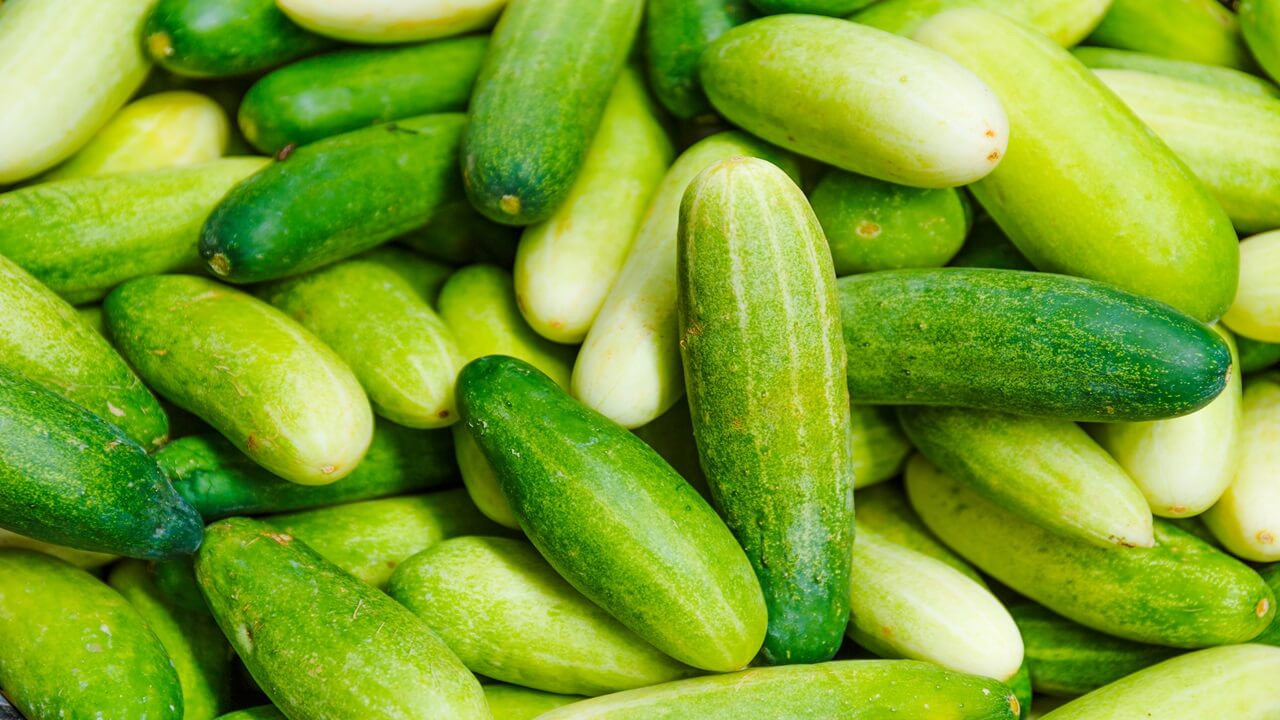
Health Benefits of Cucumber Farming
October 15, 2025, 9:05 am
Cucumber farming is a strategically healthy and profitable agribusiness that farmers and entrepreneurs should be involved in.
WHAT IS CUCUMBER
A member of the gourd vegetable family, cucumbers are long, green-skinned fruits with nutritious, watery flesh. In the Cucurbitaceae group of plants, it is a commonly grown creeping vine plant that produces spherical to cylindrical fruits that are used as vegetables in cooking.
HEALTH BENEFITS OF CUCUMBER FARMING
Cucumbers are a great way to stay hydrated because they are high in nutrients, low in calories, and mostly made up of water (around 95%). Their fiber content can help with weight management and promotes digestive health.
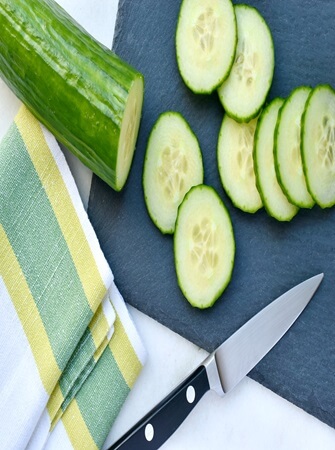
Farming cucumbers produces fruits that are a good source of minerals and vitamins. Cucumber contain the following minerals and vitamins:
Vitamin K: Essential for blood clotting and bone health.
Vitamin C: Boosts immune function and skin health.
Potassium: Essential for maintaining healthy muscles and blood pressure.
Magnesium: Aids in controlling muscular contraction and blood pressure.
Manganese: A mineral that plays a role in various bodily functions.
Cucumbers also contain small amounts of copper, calcium and zinc that are beneficial to the overall health of the body.
TYPES OF CUCUMBER
Cucumbers are broadly categorized into three major types, each with its distinct uses, textures, and flavors.
Slicing Cucumbers
Long and smooth-skinned, this type of cucumber is usually eaten raw or as a snack. Examples of this cucumber type includes English cucumbers (burpless, thin-skinned), Japanese cucumbers, and Persian cucumbers.
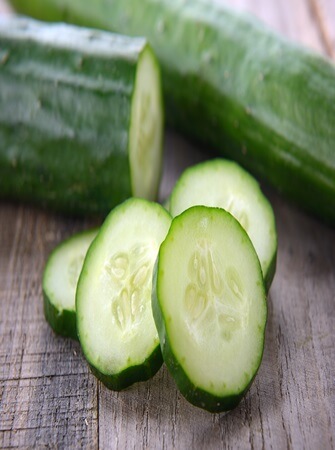
Pickling Cucumbers
These cucumbers are firm, shorter, and have thicker, frequently rough skins. They also have a crisp quality that keeps well when pickled. Examples include gherkins and Kirby cucumbers, which are a popular kind of pickling cucumber.
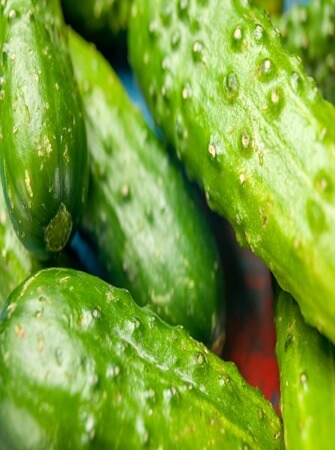
Specialty Cucumbers
These are a broad category for cucumber types that differ from typical slicing or pickling types in terms of color, shape, or flavor.
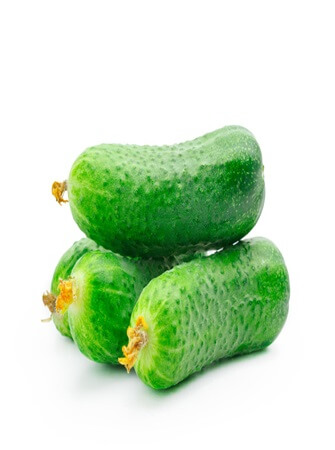
Cucumber Farming Guidelines
Cucumber Planting Dates
Cucumber seeds or transplant seedlings should be planted into well-draining, fertile soil in a sunny area. Start seeding for transplanting when the weather is warm, when you are certain your farmland will receive more than six hours of sunlight daily. A good time to start planting cucumber is from middle of April to early August
Cucumber Spacing
Create ridges on your farmland, spacing the ridges or rows 0.9m to 1.2m apart. Plant the cucumber seeds on the rides at a space of 0.3m between plants. A seed rate of 1kg per acre is sufficient to give good yields.
Cucumber Mulching and Fumigation
Plastic mulch laid on moist soil before field planting conserves moisture, and increases soil temperature and early and total yield. Various widths of plastic are available; choose one that works with your production system and equipment. Fumigation will be necessary when there is a history of soil-borne diseases in the field; several fumigants can be used on cucumber depending on what the predominant pests are. Fumigation also aids in the control of weeds.
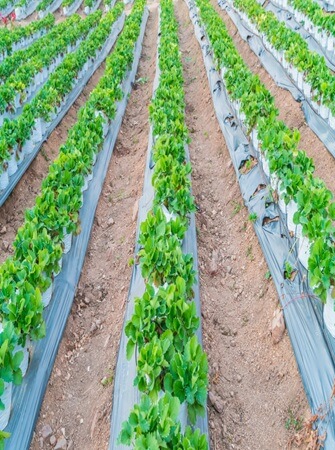
Fumigant and mulch should be applied to well-prepared planting beds; check the fumigant label for the plant-back period that must be adhered to for crop safety. Plastic should be laid immediately over the fumigated soil.
Fumigation alone may not provide satisfactory weed control under plastic. Black plastic can be used without a herbicide to provide control of most weeds. Fertilizer must be applied during bed preparation. At least 50% of the N should be in the nitrate (NO3-) form.
Drip (trickle) irrigation is recommended for plastic mulch systems and tape is laid at the same time as mulch. Foil and highly reflective mulches can be used to repel aphids that transmit viruses in cucurbits. Direct seeding through the mulch is recommended for maximum virus protection; transplants should not be used with foil mulches.
Cucumber Irrigation
Cucumbers require irrigation for best yield and quality. During flowering and fruiting water use can be over 0.25 inches/day and water deficit during this period will have the greatest negative impact on yield and fruit quality. A balance must be struck, however, between maintaining adequate moisture for fruiting while minimizing wetness in the canopy and on the soil surface which promotes fruit rots and downy mildew.
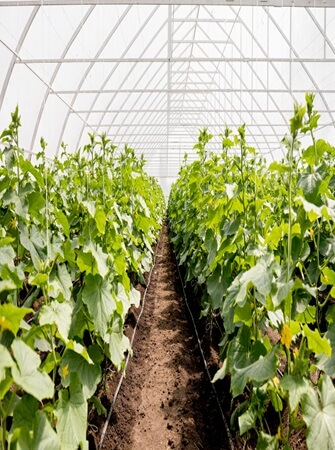
Cucumber Trellising
Fresh market slicer cucumbers and pickles may be produced on trellises which may result in 2-3 times greater average yield than in non-trellised fields. Trellising is the preferred system in high tunnel greenhouses.
Trellising incurs a higher cost than growing cucumbers on the ground, but it has the following benefits:
1. Improved fruit quality, particularly with respect to color and shape
2. More effective control of many diseases and insects.
3. Less damage to vines resulting in a longer harvest season.
4. More consistent and thorough harvesting resulting in fewer jumbos and culls.
5. Easier harvesting than ground grown cucumbers.
Erect the trellis so that it is 1.8m high with a top and bottom wire and plastic twine or netting tied between the two wires at each plant. Posts or poles should be no more than 4.5m apart and the top wire should be very taut. An additional brace between posts may be required when the fruit load becomes heavy.
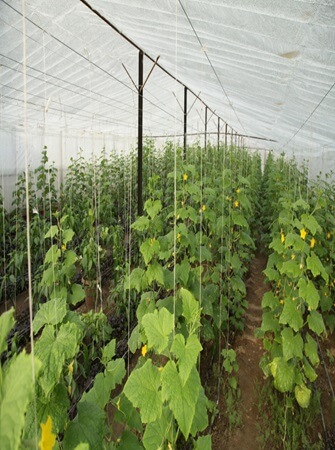
Cucumber Pollination
Honeybees, squash bees, bumblebees and other wild bees are important for proper cucumber pollination and fruit setting. Populations of pollinating insects may be adversely affected by insecticides applied to flowers or weeds in bloom. Apply insecticides only in the evening hours or wait until bloom is completed before application.
Parthenocarpic Cucumbers
Parthenocarpic cucumbers do not require pollination to set fruit. They will be nearly seedless or have unformed seeds. They should be isolated from seeded cucumber types to increase productivity and maintain the seedless nature. Parthenocarpic types should be considered when bee activity is limited such as in high tunnel greenhouses, under row covers, or in very early plantings.
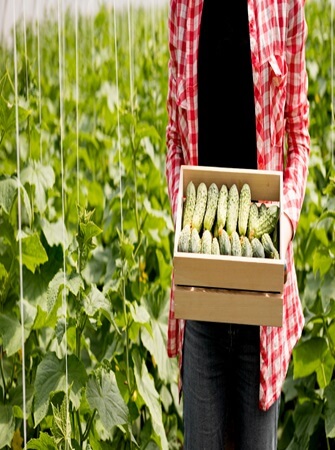
Cucumber Weed Control Under Plastic Mulch
Black plastic mulch effectively controls most annual weeds by blocking light from germinated seeds. Herbicides control weeds under the mulch and around the planting hole. Irrigation tubing on the soil surface may cause weed problems by leaching herbicide away at the emitters, especially when clear plastic is used.
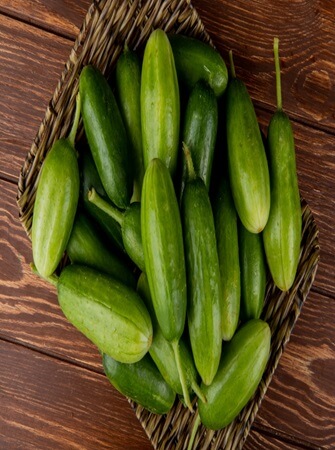
Bury tubing several inches deep in the bed to reduce this problem and take the following steps:
1. Complete soil tillage, and form raised beds. Do not apply residual herbicides before forming beds, or herbicide rate and depth of incorporation may be increased, raising the risk of crop injury. Apply herbicide(s) in a band as wide as the mulch after the bed is formed, as a part of the same operation.
2. Lay the plastic mulch and trickle irrigation tubing. Irrigate to activate the herbicide if necessary.
Condensation that forms on the underside of the mulch will activate the herbicide. Delay punching the planting holes until seeding or transplanting.
Cucumber Weed Control For Soil Strips Between Rows Of Plastic Mulch
Follow the instructions below or crop injury and/or poor weed control may result:
1. Spray preemergence herbicide(s) in bands onto the soil and the shoulders of the plastic mulch before planting and weed germination. OR apply after planting as a shielded spray combined with a postemergence herbicide to control emerged weeds.
Do not broadcast spray over the plastic mulch unless specifically stated on the label!
2. Incorporate preemergence herbicide into the soil with 0.5 to 0.75 inch of rainfall or overhead irrigation within 48 hr of application.
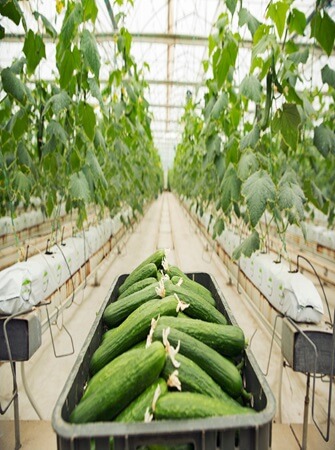
Cucumber Harvest and Storage
Cucumbers should be harvested when they have reached full size for the variety but while seeds are still soft. For slicers and manually harvested pickles, multiple harvests at 2-3 day intervals will be necessary. Machine-harvested pickles are harvested once when less than 5% have become oversized, as this produces the highest bushel yields.
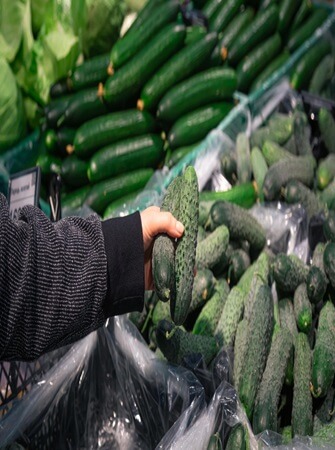
Size requirements of processors will also dictate schedules for machine and hand harvesting pickles.
Cucumbers can be held for 10-14 days at 10-13°C with a relative humidity of 90-95%. At 10°C and above, cucumbers ripen rapidly, with the green color changing to yellow, starting after about 10 days.
The color change is accelerated if cucumbers are stored in the same room as apples, tomatoes, or other ethylene-producing crops. Cucumbers for fresh market are usually waxed to reduce moisture loss. Cucumbers are subject to chilling injury if held below 10°C for longer than about 2 days
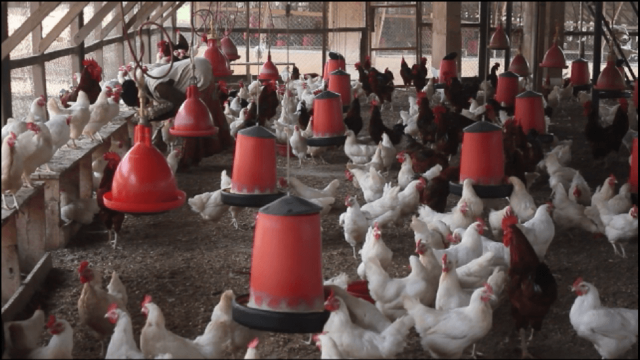
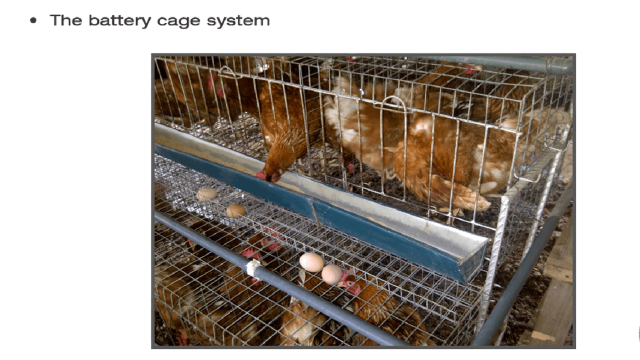
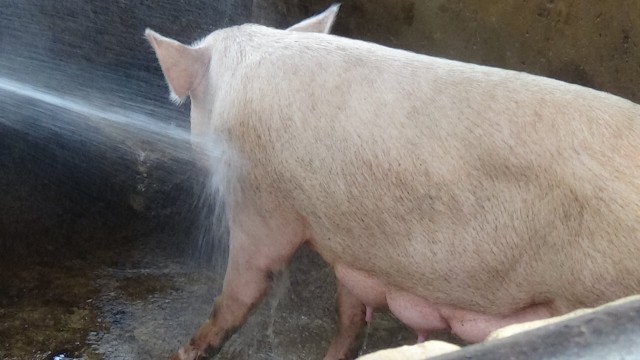
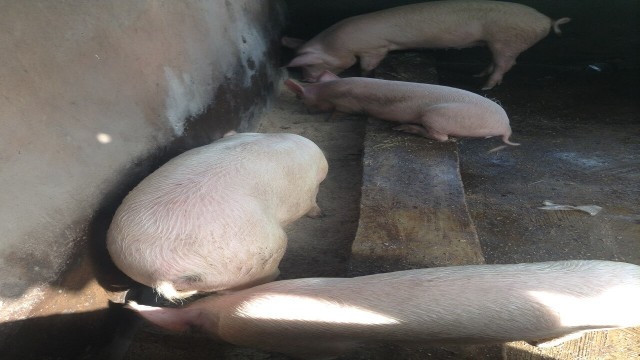
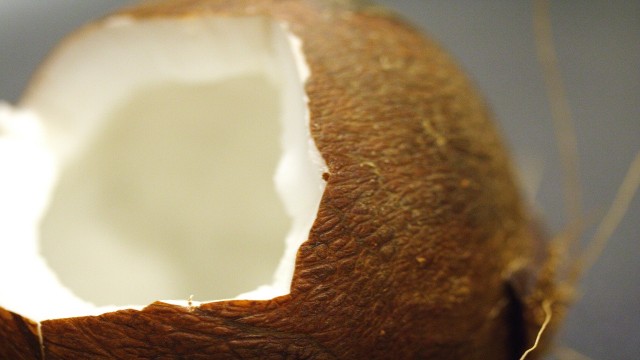
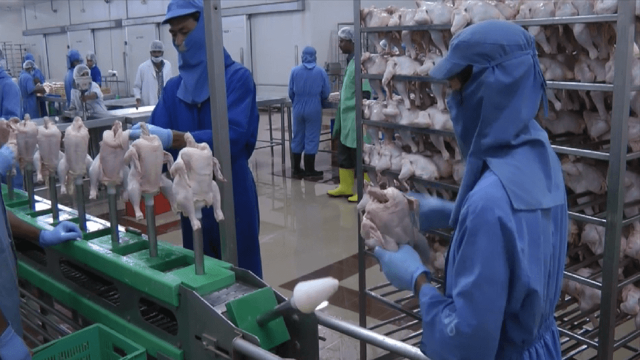
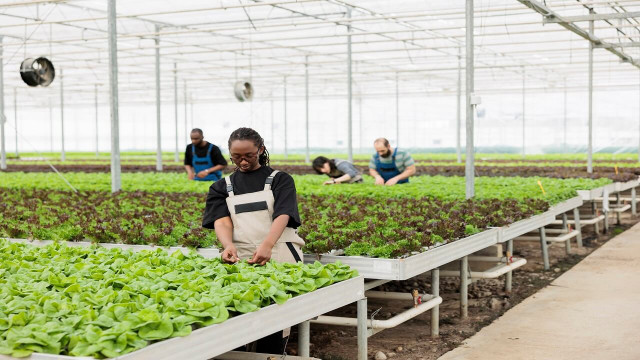
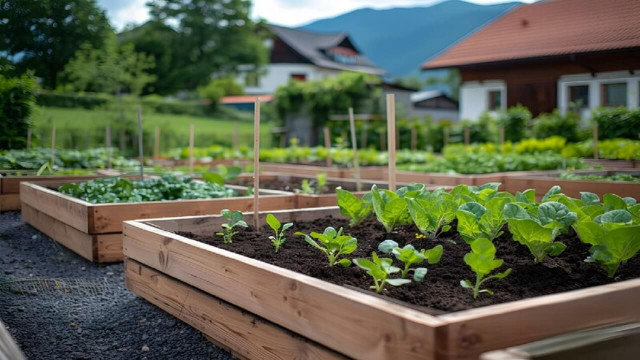
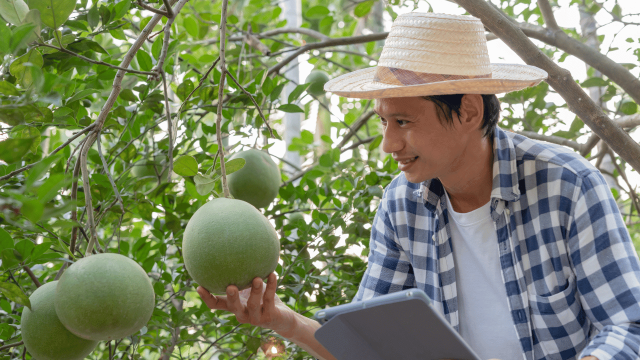



Share This Article: